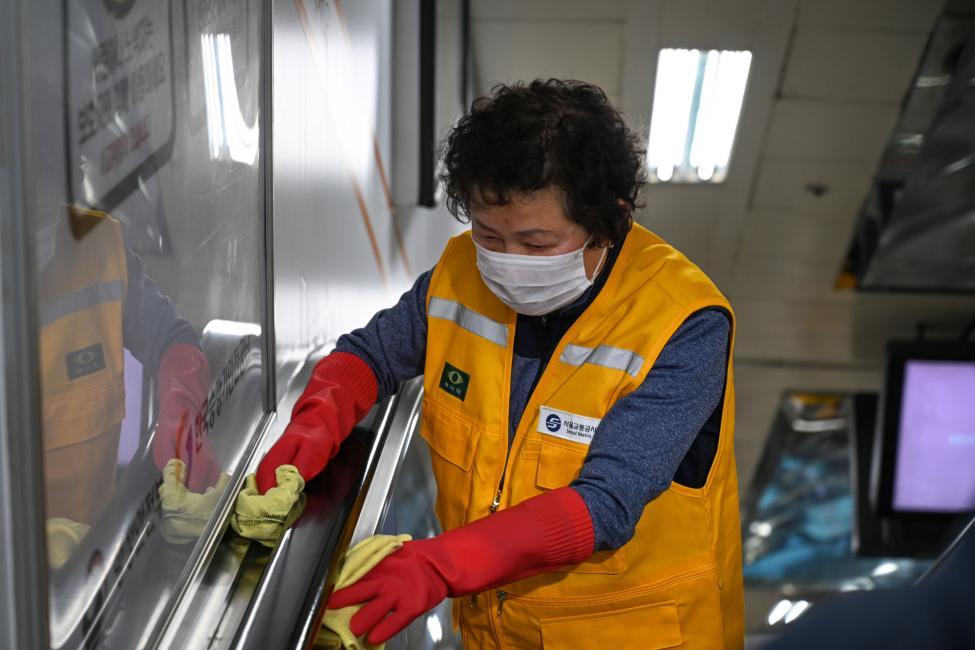The coronavirus epidemic has resulted in a substantial loss to this world. Ever since the outbreak of COVID-19 last year, international medical experts have been struggling to swot the virus and devise a strategy to fight against it. At this time, there is no meticulous cure against it. However, the studies done until now, do answer the prevalent questions regarding its morphology and transmission from surfaces.
[adinserter block = “3”]
Global Statistics claim that there are more than 937,941 confirmed cases, with 47,273 deaths as a consequence of the Coronavirus pandemic.
Survival period of COVID-19
Investigations claim that the Ribo Nucleic Acid (RNA) carries the virus’s genome, which is perceptible. Precisely, it requires many other components to be intact. For a person to be fully infected, the whole genome of COVID-19 must be present and intact, rather than bits and pieces of RNA.

Image: AccuWeather
According to the New England Journal of Medicine, it is viable for the virus to prevail stability on copper for up to four hours, and on plastic and steel for up to 72 hours. Whereas, it’s stability on the cardboard is pretty nifty. As it can stay on it for a time frame of 24 hours.
However, with time, the number of virus nosedives substantially, subsequently decreasing the risk of infections.
Risk of transmission
Virology experts assert that you cannot get infected from just one particle on your finger. Likewise, there needs to be a certain amount of fragment that you need to be exposed to. In some cases, where the viruses are very potent, you might only need 10 particles to commence the channeling of infection. Whereas, in other cases, you may require a million.

Image: The Guardian
As far as reports delineate, people are more likely to get infected from the contagion by touching a contaminated surface, or by violating the protocols of social distances. For example, public transit or grocery stores and places where there tend to be a lot of people.
Taking care of hygiene
Most importantly, taking care of precautionary measures is purely essential. More or less, it is spiffing to clean any high-touch surfaces, like door handles and toilets. Over here, the use of bleach solutions and alcohol solutions comprising of at least 70% alcohol is preferable. Afterward, you must sterilize your hands with a good soap or a sanitizer, to disinfect all kinds of germs.
Additionally, you can tackle the disease by maintaining a good immune system. With over 70% of your immune system, in your gut, you can form the foundation of your health by consuming food items that would boost your immunity.
[adinserter block = “10”]
What do you think of this topic? Tell us in the comments section below.







